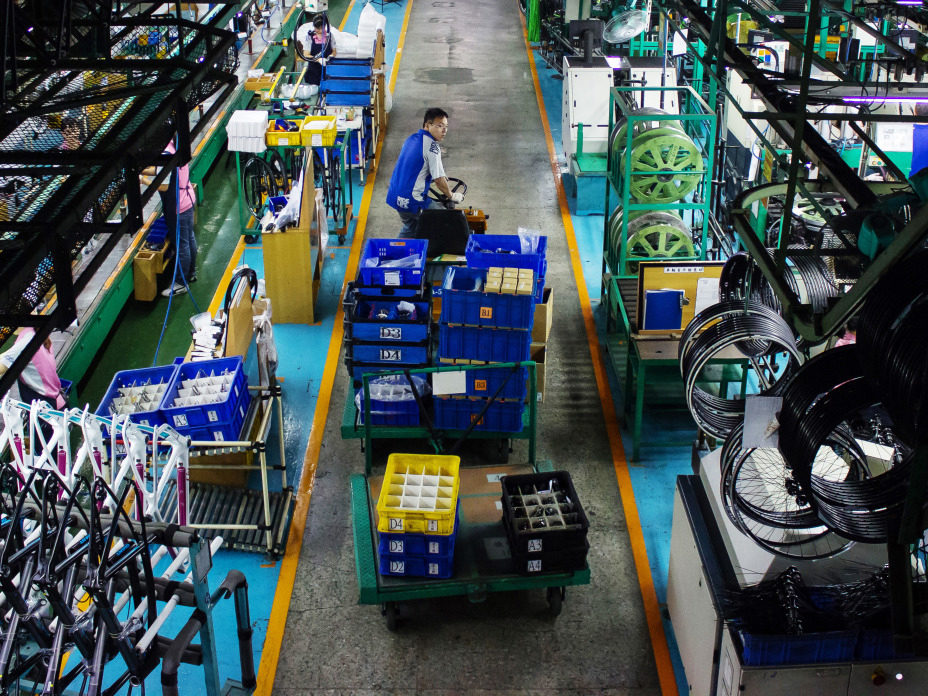
Visit Our Sponsors |
|
|
|
|
|
|
|
|
|
|
|
|
|
|
|
|
|
|
|
|
|
|
|
|
|
|
|
|
|
|
|
|
|
|
|
|
|
|

As supply chains restructure to reduce their dependence on China, they’re asking broader questions about operationalizing risk management in an environment characterized by volatility, uncertainty, complexity and ambiguity (VUCA).
Over the course of the last 30 years, China became a dominant manufacturing hub, and now contributes parts and labor to a huge range of products across virtually every industry.
China’s rise to the status of manufacturing juggernaut, particularly for electronic components, was facilitated by a number of competitive advantages, including:
As China’s prosperity grew over the past decade, these advantages began to erode. Wages rose steadily, as workers demanded better pay and benefits. Environmental and business regulations became more stringent. And Chinese manufacturers began to turn their attention from producing exports to supplying goods for the country’s growing domestic market.
Beginning in 2018, however, the Trump Administration’s threats to impose tariffs on Chinese goods brought the world’s overdependence on Chinese manufacturing into sharp relief.
Whether it’s due to reliance on one location, part or supplier, “single-point-of-failure” risks can be especially devastating to supply chains. A jarring reminder of their impact came for the global auto industry in 2011, when a high concentration of Japanese suppliers suffered from the devastating Tōhoku earthquake and tsunami.
While electronics and a range of other industries have relied heavily on Chinese suppliers and manufacturers for years, risk-management concerns have only recently surfaced. The single-point-of-failure risk is especially high given the percentage of parts that rely solely on suppliers in China.
When the first tariffs were imposed in 2018, many companies created war rooms or tiger teams to develop alternative sourcing strategies for contract manufacturers and tier-1 suppliers, with some efforts also focusing on single-sourced tier-2 parts. Although a lack of suppliers and infrastructure in Southeast Asia and other regions make this a difficult task, companies such as Fitbit have moved aggressively, announcing a goal to remove all of manufacturing from China. Dozens of other companies, including Dell, Google and Nintendo, announced plans to move significant portions of their operations, while others planned to delay investment in Chinese manufacturing.
Of course, just a few months after this trade conflict appeared to be resolved, the coronavirus outbreak led to closed factories throughout China, roiling markets worldwide.
By the time the coronavirus epidemic emerged in early 2020, an understanding that supply chains must prepare for a new age of volatility was already widespread. Heightened awareness of risks in China is leading to a broader acknowledgement that risk management needs to be an ongoing part of supply-chain planning, and that successful organizations must develop resilient, agile operations. Technologies enabled by artificial intelligence are emerging that will broaden visibility, predict risk events and generate recommendations.
Rajesh Kalidindi is CEO of LevaData.
RELATED CONTENT
RELATED VIDEOS
Timely, incisive articles delivered directly to your inbox.

